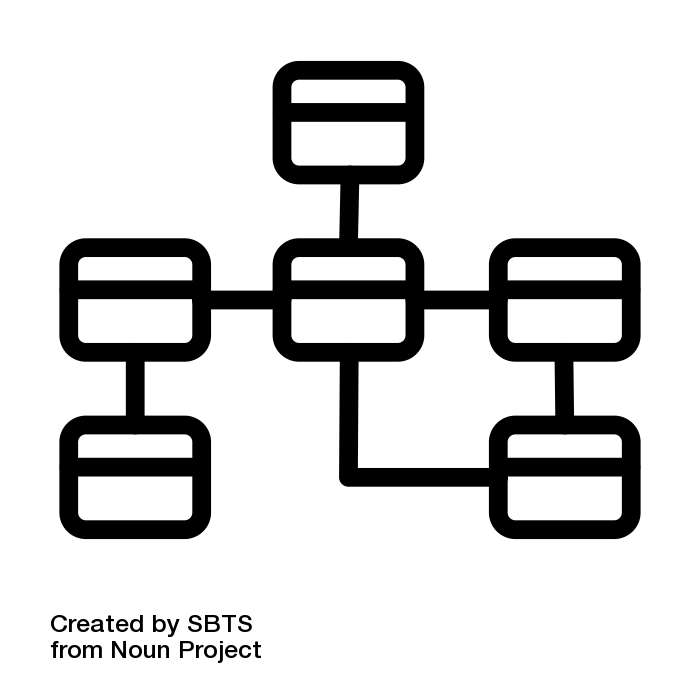
Following my last post in which I offered, with special regard to the teaching of phonics, a working definition of what a schema is, I want to continue at the point at which the additive process of assimilation cannot proceed without breaking down in the face of contrary evidence.
You may have seen a novice learner trying to read a word like ‘ship’ by trying to say the sounds /s/ /h/ /i/ /p/ and ending up completely stumped. The student is doing exactly what the teacher, up to that point, has been encouraging: saying individual sounds and listening for/reading the word. The problem is that the strategy no longer works at this level: the pupil is foundering on the rocks of two-letter spellings. What is needed is for there to be a shift from one state of knowledge, the one that is based on a one-to-one correspondence between print and sound, to a higher level of understanding, specifically, in this case, understanding that we can spell sounds with two letters.
The newer higher level of understanding is the introduction of the idea that we can spell sounds with two letters. For example, we can build ‘huff’ by adding < ff > for /f/ in the same way as before. The double consonants provide ideal material for this task because, even though we are still working at CVC level, teaching children that double consonants are another way of spelling a sound they have learned to spell with a single letter is a logical and easily understandable progression. In this way, children are able to accommodate to this new and better idea – we can spell sounds with two letters. What’s more, the concept is generalisable to a range of other two-letter spellings. The process of assimilation can continue by adding further similar examples which encompass the same idea: < ll >, < ss > and < zz > in words like ‘hill’, ‘miss’ and ‘buzz’.
Teaching how the code works conceptually, from simple to gradually more complex, in concert with the skills and the new code knowledge, implies a hierarchy of knowledge states in which the child progresses from one knowledge structure to another. The new knowledge state – two letters/one sound – is better than the previous ‘one letter/one sound’ because it embraces the previous structure and adds something new. As Peterson* suggests, “That’s how you know it is better because it does the same as the old tool does, plus some additional things.”
Once the learner has accommodated to the idea that a sound can be spelled with more than one letter, as with single letter spellings, the process is additive: two letters, one sound: < sh >, < ay >, < ea >; three letters one sound: < tch >, < igh >, < air >; four letters, one sound: < eigh >.
Of course, having only the knowledge that spellings are symbols for sounds (code knowledge) isn’t enough on its own. Burgeoning readers need to be able to use that knowledge and, for this, they need the skills of segmenting, blending and phoneme manipulation, which up until this point, they have been practising at the level of the structure CVC.
Now, as part of the construction of the schema, the novice learner has to accommodate to a higher level of structural complexity as they move on to reading and writing CVCC (‘mist’), CCVC (‘frog’) and CCVCC (‘stump’) words, and this because so many novice readers find the skills of segmenting and blending adjacent consonants very hard. At this level, the skills of segmenting, blending and phoneme manipulation are further practised to automatically, which releases cognitive resources to attend to reasoning, monitoring, comprehension, inference and integration.
What makes no sense is to skip this stage and for one very simple reason: if teachers are teaching vowel digraphs and students are still struggling with adjacent consonants, something will inevitably fall off the table of working memory. Let’s take a concrete example. If in the course of introducing /ee/ words in words like ‘stream’ and ‘green’ the student is struggling with segmenting and blending the adjacent consonants < s > < t > and < r > or, indeed, < g > and < r >, it is unlikely that the student will have the cognitive resources to pay attention to the different ways in which /ee/ is spelt.
Once mastery has been reached in reading and writing words containing adjacent consonants, it is easy to further deepen and extend the idea that we can spell sounds with two letters by introducing more consonant digraphs: < sh >, < ch >, < th > and so on, after which accommodating to the idea that we can also spell a sound with three letters, as with < tch > for /ch/ is but a small step.
To teach all of this to mastery level should take the best part of the young child’s first year at school and the ground will then have been prepared for novice learners to take on the further complexities of the Extended Code and learning to read and spell polysyllabic words. What they have to learn formally next is that we can spell sounds in different ways and that many spellings represent more than one sound. This, too, needs to be taught explicitly and systematically.
The rest of the elements of greater and greater complexity are added incrementally and, as children are taught to accommodate to the new structural changes embodied in the deeper conceptual levels of understanding, they need to be given opportunities for vast amounts of practice to subsume the new knowledge.
Jordan Peterson: Lecture on Personality: Piaget Constructivism.